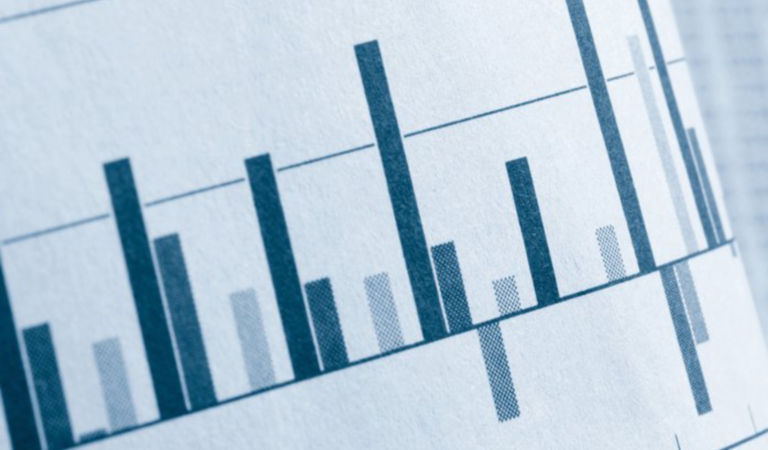US
US equities (-8.3%) fell sharply, pushing the S&P 500 Index further into bear-market territory. Surging inflation, tighter financial conditions, and moderating economic activity have increased the probability of recession. However, disparities in the forecasts of economists indicated that there is considerable uncertainty about US economic growth prospects. Market participants debated whether depressed sentiment and positioning indicators were potential contrarian buy signals and whether stocks had sufficiently capitulated. Surging prices for food and energy pushed consumer inflation up to its highest level in more than four decades; the headline CPI increased 8.6% annually in May (6.0% at the core level), undermining hopes that US inflation has peaked. Following the larger-than-expected increase in inflation, the Fed hiked interest rates by 75 bps and forecast that rates could rise to 3.4% by the end of 2022 and 3.8% by the end of 2023. Fed Chair Powell stated that the US economy could withstand tighter monetary policy without sliding into recession but conceded that outside factors (the war in Ukraine and supply disruptions from China’s COVID policy) have made it more difficult to tame inflation and maintain positive economic growth. Markets looked toward second-quarter US corporate earnings with some caution, with high input prices, weaker consumer spending and sentiment, and headwinds from the strong US dollar posing risks to earnings.
US economic data released in May indicated that momentum in the economy had cooled. Employers hired at a robust clip in May, although job growth was the slowest since April 2001; nonfarm payrolls increased by 390,000, above consensus forecasts of 318,000, but down from 436,000 in April. Wage gains moderated as average hourly earnings growth eased to 5.2% annually, from 5.5%. The unemployment rate held at 3.6%. The four-week moving average for initial jobless claims continued to trend modestly higher, another sign that labor market conditions are beginning to soften. US retail sales slipped 0.3% in May — the first decline in five months, while nominal consumer spending increased at the slowest monthly pace this year, rising only 0.2% from a downwardly revised increase of 0.7% in April. The personal savings rate was near its lowest level since 2009, as high inflation strained household budgets and savings. Increasingly pessimistic views about inflation drove the Conference Board Consumer Confidence Index in June to its lowest level (98.7) in more than a year, although consumers maintained their spending plans for large-ticket items. The housing market continued to falter as demand was constrained by surging mortgage rates and still-elevated home prices. In May, construction of new homes fell to its lowest level in more than a year, and existing-home sales slid for the fourth straight month to a nearly two-year low. However, new-home sales rose for the first time in 2022. In June, homebuilder sentiment slipped to a two-year low.
Manufacturers remained broadly optimistic about their outlook, even as the Institute of Supply Management (ISM) Manufacturing Index registered a larger-than-expected decline to 53.0 in June. The report indicated that new orders contracted amid ongoing supply-chain constraints, input prices rose at a slower pace, and job growth cooled. In May, the ISM Services Index ebbed to 55.9 — the lowest since February 2021 but still firmly in expansionary territory. Price pressures remained prevalent and labor supply was tight, although there were signs that both were starting to ease. Preliminary data for June signaled a slowing expansion in the services sector amid a decline in new orders, a notable drop in backlogs, weaker job creation, and waning demand. Cost burdens also rose at a marked pace, but the rate of input price inflation eased notably from May. Small-business sentiment held near a two-year low as rising inflation and labor constraints impaired expectations for the economy and overall sentiment.
All 11 sectors in the S&P 500 Index (-8.3%) posted negative results. Energy (-16.8%) was the worst-performing sector as the price of oil retreated. Materials (-13.8%) also underperformed, led lower by the metals & mining (-19.0%) and chemicals (-13.6%) industries. Financials (-10.9%) fell, driven by the banks (-13.8%), diversified financial services (-13.6%), and capital markets (-7.8%) groups. Consumer staples (-2.5%) was the top-performing sector, with the beverages (-0.1%), household products (-1.5%), and food products (-1.8%) groups proving resilient in a challenging environment.
































Monthly Market Review — October 2025
Continue readingBy